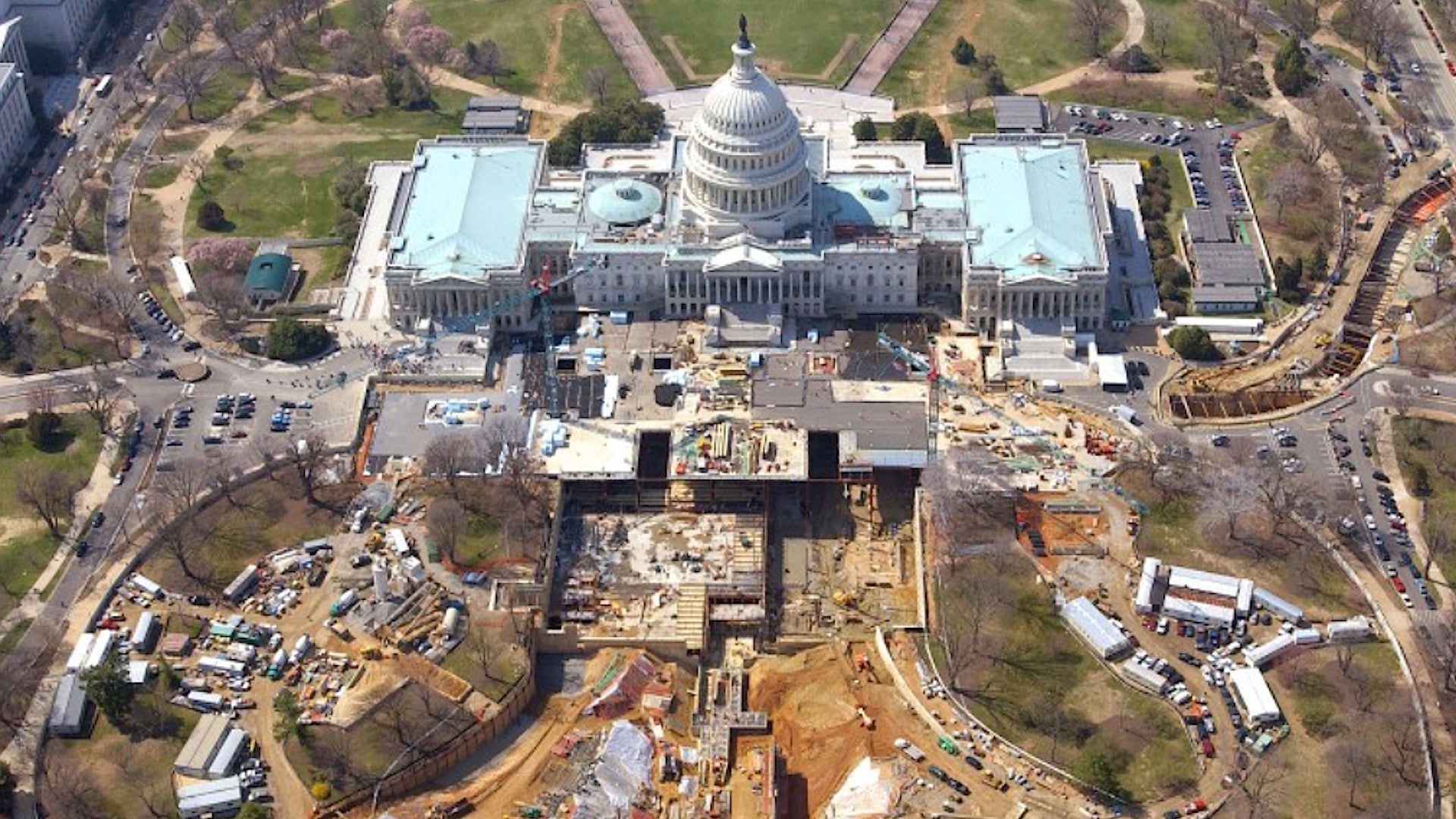Even before this week’s unprecedented siege of the U.S. Capitol by a mob of supporters of President Donald Trump, which you can read about in the War Zone‘s rolling coverage of the events as they unfolded, there were ominous indicators of what was to come. This included the discovery of pipe bombs in the vicinity of nearby Congressional office buildings earlier in the day, which had prompted evacuations, at least in part through underground tunnels. When the Capitol itself was breached, members of Congress and Vice President Mike Pence, among others, were also ushered to safety via subterranean passageways.
These incidents highlighted the large tunnel network that lies under Capitol Hill, as well as other underground links throughout Washington, D.C. Many of these are used on a day-to-day basis just to conveniently get between government buildings without going outside, but, as was shown yesterday, they also have a clear value in helping people escape to safety during a crisis. Legislators had already been advised to make increased use of them on Jan. 6, simply to avoid encountering pro-Trump protesters.

When the first reports emerged of the evacuation of the Cannon House Office Building, as well as the Library of Congress’ James Madison Memorial Building, all of which are situated to the immediate southeast of the U.S. Capitol, the reasons were not immediately clear. While the focus of the world’s attention was on the crowds of Trump supporters preparing to storm the Capitol, the U.S. Capitol Police alerted the occupants of Cannon to the threat.
Without mentioning the specifics of the improvised explosive devices (IED), the Capitol Police urged the occupants of Cannon to remain calm and move “in a safe manner” to the exits, due to “police activity,” according to NBC Washington. Another message called upon the staffers to “close doors behind you but do not lock.”
“If you are in the Cannon Building, take visitors, escape hoods, and Go Kits and report to the South tunnel connecting to the Longworth Building,” Capitol Police also told staff there, according to NBC News reporter Scott MacFarlane.
Unfortunately, we don’t know what was inside the “Go Kits” in question, but they were likely stocked with various emergency and survival items, including things like first aid supplies and glow sticks or small flashlights. Pictures from inside the Capitol after pro-Trump protesters made their way inside do show members of Congress and others wearing what appear to be ILC Dover SCape CBRN30 masks.
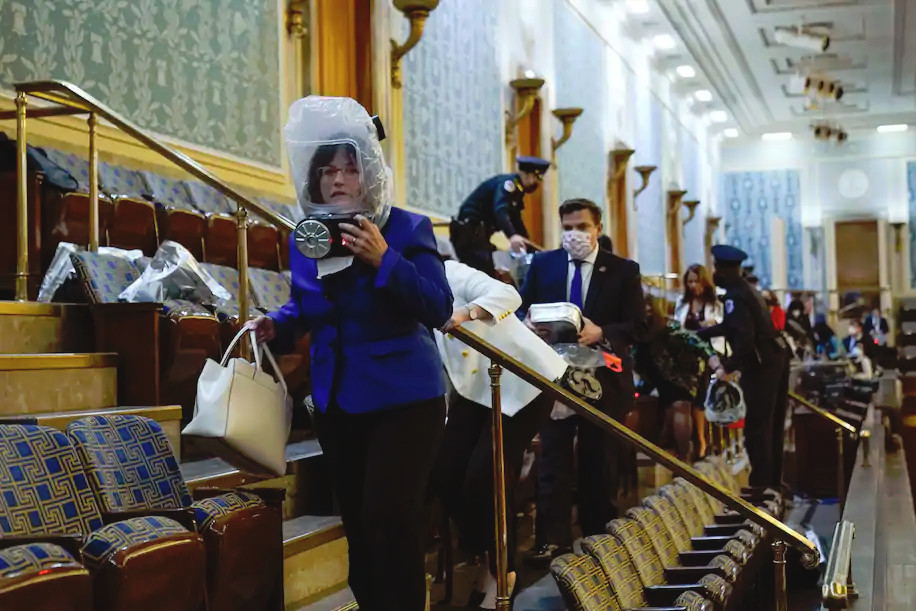
These are emergency hood-type gas masks with an integrated battery-powered air blower to help keep dangerous contaminants, including chemical and biological agents, out. These are designed to be rapidly donned in a crisis, even by people with minimal training. The hood design, which seals around the wearer’s neck, is also intended to help people who might be wearing glasses or have substantial hair on the top of their head or large beards get the mask on quickly and without issue. Other companies beyond ILC Dover also make hood-style gas masks and respirators with differing features and capabilities, including ones with their own oxygen supply that can be used to help escape fires.

It’s not clear whether staff from the Cannon building, Go Kits and masks in hand, actually made their way to the Longworth Building across the street through the South Tunnel or if they simply sheltered in place in that passageway. It’s less clear how the evacuation of the James Madison Memorial Building was carried out, but it seems more likely than not that some individuals there also made their way out using tunnels that connect it to the Thomas Jefferson Building and the John Adams Building, also facilities belonging to the Library of Congress.
The tunnels that connect the Cannon and James Madison Buildings to the Capitol and other nearby buildings, as well as various underground parking garages, are part of a labyrinth of at least 19 underground passages on Capitol Hill that people and vehicles can move through. The first tunnels emanating from the Capitol building itself, construction of which was initially completed in 1800, and which had been substantially rebuilt after British forces set it on fire during The War of 1812, date back to the latter half of the 19th Century. The first of these, dug out during the Civil War, were for ventilation, followed by a link to the then-new Library of Congress building nearby in 1898, through which books passed on an electrically-powered conveyor. That latter system is sadly no longer in operation.
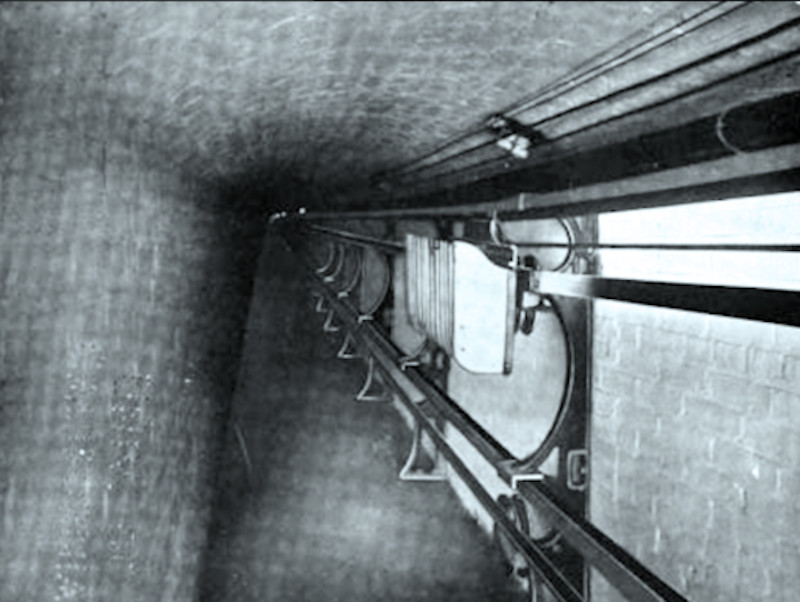
The first tunnels out of the Capitol intended for use by people were the ones linking it to the Cannon building, as well as the Russell Senate Office Building to the north. These were and remain satellite office buildings where many of America’s legislators actually work. The Cannon building opened in 1908, with the Russell building being finished the following year. From the very beginning, the Russell building has also had a subway car system, originally just electrically-powered Studebaker cars that would drive the route, to move Senators and others to and from the Capitol.

As Congress’s footprint on Capitol Hill continued to expand over the next century or so, so did the number of tunnels. The passages have been steadily enlarged and improved, as well. Today, for instance, the Cannon Tunnel between it and the Capitol is closer to an underground town than it is a simple access tunnel, with a shoe repair store, post office, credit union, and cafeteria along the route. It is also distinguished by the artwork on its walls, provided by students from across the United States. Similarly, some of the tunnels that lead out of the James Madison Memorial Building host the offices of the Architect of the Capitol, which is responsible for a masonry shop, carpentry shop, and machine rooms used for the maintenance of the Capitol buildings, plus a bodega.
The Capitol subway system also received upgrades and improvements, first in the form of a monorail to replace the Studebakers, which eventually gave way to more traditional light rail links. Starting in 1960, additional subway lines were added to cover other Congressional offices beyond the Russell building. Today, it has links to the Dirksen and Hart Senate Office Buildings, as well as the Rayburn House Office Building. Rayburn also notably contains a gym for legislators and a shooting range for the U.S. Capitol Police.


In addition, it has long been apparent that the tunnels also offer a valuable way for individuals to get out of various buildings in a crisis, or a place where they can shelter, if necessary. In 1958, the U.S. government designated the tunnel between the Capitol and the Russell building a fallout shelter, according to the Washington Tunnels project. Security posture changes following the shooting of two Capitol Police officers by a man suffering from paranoid schizophrenia in 1998 also led to the closure of many of the tunnels to the general public as a safety precaution.
The last major spate of underground work around Capitol Hill, at least that we know of, was part of a major expansion of the Capitol building complex in the 2000s. A three-story, 580,000-square-foot underground addition was dug out immediately to the east with new subterranean links to various surrounding office buildings.
This work included a large tunnel stretching more than 1,000 feet to the northwest. This passage is ostensibly a route for garbage trucks, allowing them to be screened by security personnel to make sure they haven’t been turned into improvised weapons at a safer distance from the seat of America’s legislature.
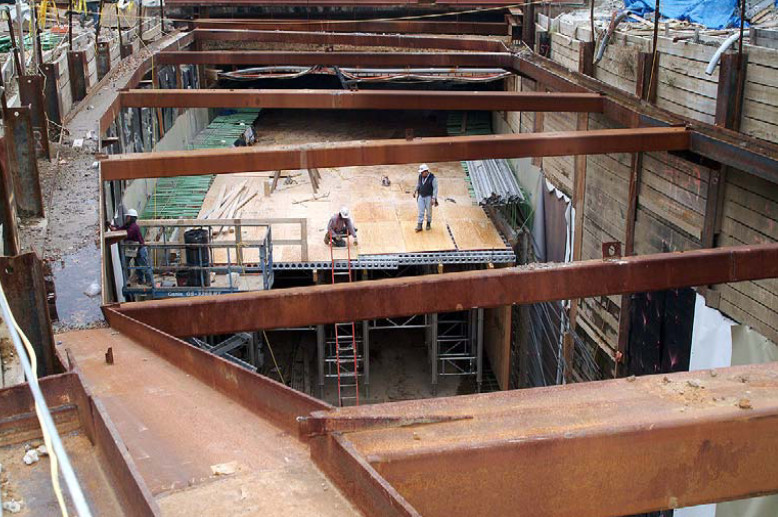
However, the Washington Tunnels project has noted that after the tunnel’s completion in the 2000s, the Architect of the Capitol appeared to systematically remove all press releases and pictures relating to its construction from its website, though that information remains readily accessible online elsewhere. This could indicate that it has more sensitive functions, including as a designated route to evacuate members of Congress and other VIPs from the Capitol during a crisis, which wouldn’t necessarily be surprising.
During the events at the Capitol on Jan. 6, Vice President Pence and at least some members of Congress were rushed out of the building via unspecified tunnels. “We were down in the basement and navigated the tunnels, and there was confusion as to where they wanted us,” Representative Pete Aguilar, a California Democrat, said afterward. “A handful of us went to the cafeteria, which was locked down, and they let us in.”
After leaving, at least some of those individuals were relocated to the U.S. Army’s Fort McNair in Washington. Fort McNair is known to be part of Continuity of Government plans, which are in place to ensure that the U.S. government can continue to function during various kinds of contingencies. The “garbage tunnel” would have provided at least one very clear route for vehicles to drive straight under the Capitol, pick up key government officials, and then drive right back out and head to McNair, which is around a mile-and-a-half by car to the south.
It’s also worth noting that the Capitol complex tunnels are hardly the only ones linking U.S. government buildings in Washington, D.C., and the broader National Capital Region (NCR), not all of which are publicly disclosed. The White House, for instance, has its own maze of tunnels underneath. As with the Capitol, this includes one that is in regular use as a link to the offices in the neighboring Eisenhower Executive Office Building, also known as the Old Executive Building.
The White House also has an underground pathway to allow vehicles to come in and out discreetly that has its entrance at the back of the Treasury Department Annex two blocks away. The origins of that subterranean passage trace back to the period immediately after Japan’s attack on Pearl Harbor on Dec. 7, 1941, when an initial tunnel was dug between the White House and the Treasury Department to provide a more hardened means of escape in the event of a surprise aerial raid on the nation’s capital.
At the same time, work began on an actual bunker underneath the White House, which has since evolved into the Presidential Emergency Operations Center (PEOC). A new massive bunker was built below the White House lawn during the Obama Administration, as well. You can read about the PEOC and this new facility in this past War Zone piece. Camp David also has a large subterranean bunker. In the 1960s, the Pentagon actively explored building a massive super bunker underneath Washington that would have been connected to it, as well as the White House and the State Department’s headquarters, plans that you can read about more in this previous War Zone story.
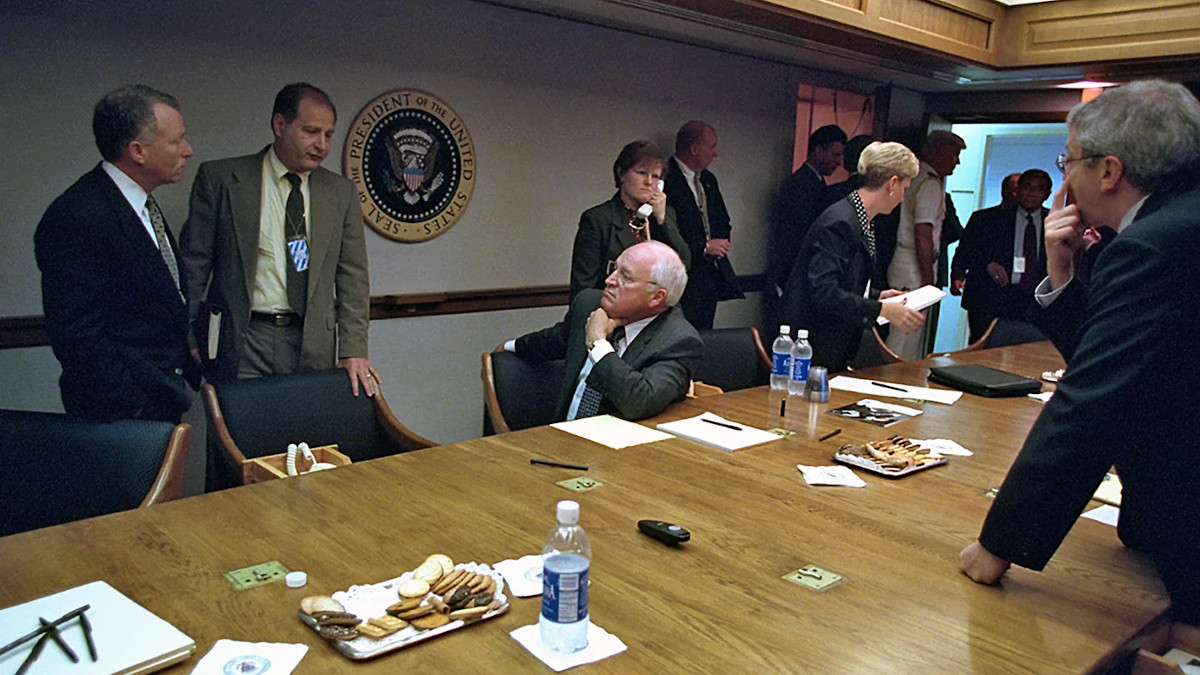
There are other large Continuity of Government sites relatively nearby. These are the Mount Weather Emergency Operations Center in Virginia’s Shenandoah Valley and the Raven Rock Mountain Complex in the Appalachian Mountains near Blue Ridge Summit in southern Pennsylvanian. You can read more about these facilities, as well as other underground government construction projects in the nation’s capital and elsewhere across the country, in these past War Zone features.
There are various other types of underground tunnels in the nation’s capital, too, some of which date back centuries and are no longer publicly accessible. There are aqueducts, sewers, and steam tunnels, as well as various transportation-related tunnels, such as the ones for the Metro subway system. Some old disused streetcar tunnels, first built in the early part of the 20th Century, have since been repurposed for other uses, including as venues for art exhibitions and music performances.
The value of having all this infrastructure was made clear this week with the storming of the Capitol, in which one woman was shot by a Capitol Police officer. Another Capitol Police officer died from injuries sustained during the events. Three other individuals died from what have been referred to as “medical emergencies,” but there reports that at least some of those might have been someone who was crushed to death under the stampeding mob. Many more security personnel and members of the pro-Trump crowd were injured during the incident and there are strong indications that the violence could have been much worse.
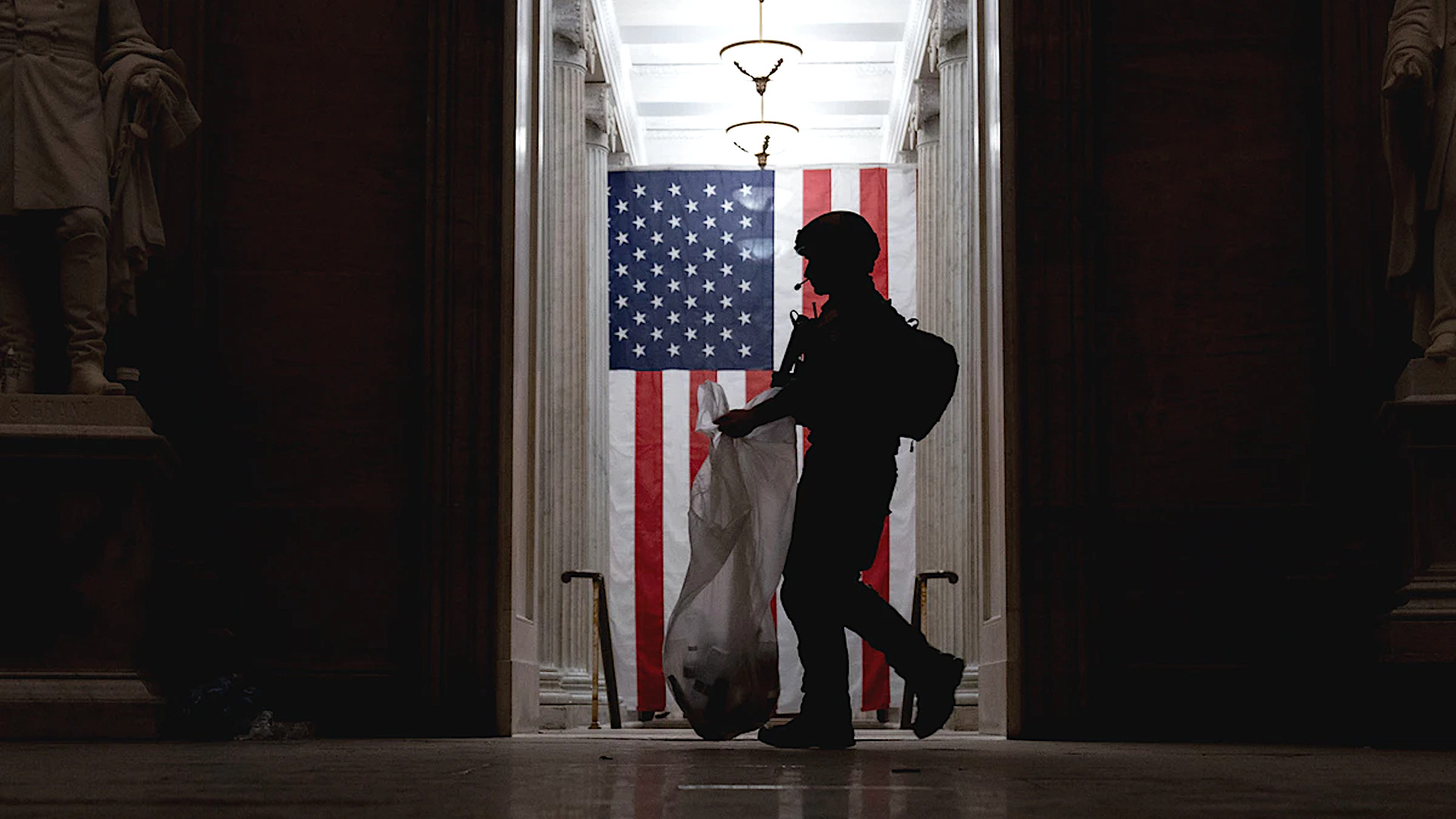
“These individuals actively attacked United States Capitol Police Officers and other uniformed law enforcement officers with metal pipes, discharged chemical irritants, and took up other weapons against our officers.” Capitol Police Chief Steven Sund, who is now set to resign amid serious questions about his force’s handling of the situation, had said in a press release on Jan. 7. “They were determined to enter the Capitol Building by causing great damage.”
In the immediate aftermath of the siege at the Capitol this week, additional security measures are already being taken, including the erection of temporary fencing around the entire complex. Hopefully, we won’t see anything like what happened on Jan. 6 again any time soon, but if another incident like that occurs, the tunnels underneath Capitol Hill will remain just as important pathways for individuals looking to make their way to safety as this did in this case.
Contact the authors: joe@thedrive.com and thomas@thedrive.com
